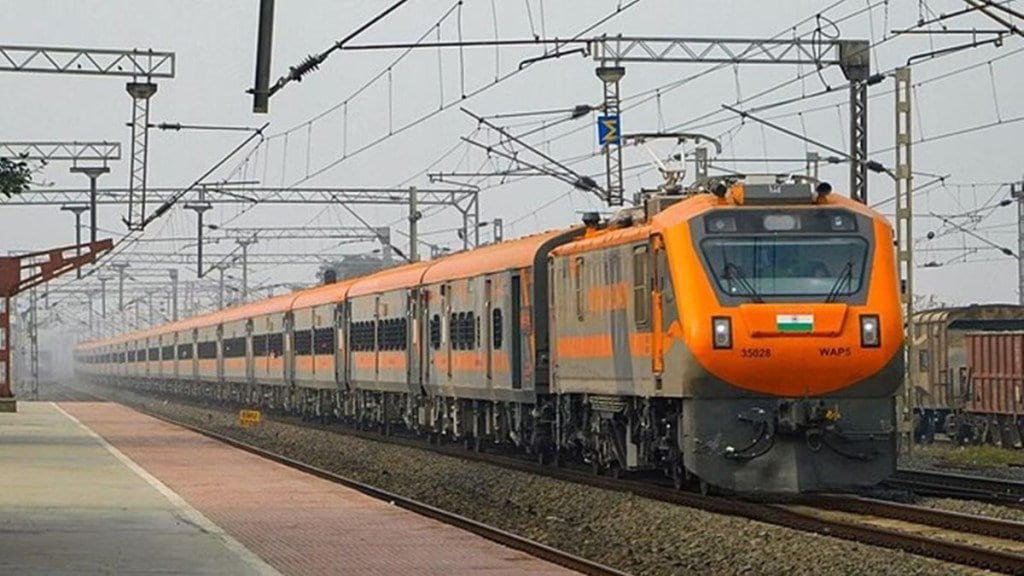Prime Minister Narendra Modi is all set to inaugurate a new Amrit Bharat train service between Saharsa in Bihar and Lokmanya Tilak Terminus in Mumbai on April 24, the Railway Board announced. This will be the second Amrit Bharat train connecting Bihar and the third such route in India.
Currently, Amrit Bharat trains operate on two routes: Darbhanga-Ayodhya-Anand Vihar (connecting Bihar and Delhi) and Malda Town-Sir M. Visvesvaraya Terminal (linking West Bengal and Karnataka).
“The Saharsa-Madhubani-Lokmanya Tilak Terminus service is the third route (overall) and the second for Bihar on which an Amrit Bharat train will be operational. It will be inaugurated by Prime Minister Modi (on April 24)” said Dilip Kumar, Executive Director of Information and Publicity at the Railway Board.
Saharsa-Mumbai Amrit Bharat Express: Route and stoppages
The Saharsa to Mumbai Amrit Bharat Express train will pass through 19 major stations – S Bakhtiyarpur, Mansi Junction, Khagaria Junction, Hasanpur Road, Samastipur Junction, Muzaffarpur Junction, Hajipur Junction, Patliputra, Danapur, DD Upadhyaya Junction, Prayagraj Cheoki, Satna, Katni and Jabalp.
Saharsa-Mumbai Amrit Bharat Express: Features and speed
Built at the Integral Coach Factory (ICF), Amrit Bharat 2.0 trains feature push-pull technology with engines at both ends, enhancing speed and reducing turnaround time. These non-AC trains are designed to serve the middle class and economically weaker sections, offering fares as low as Rs 450 for a 1,000 km journey. They can reach speeds of up to 130 kmph.
Saharsa-Mumbai Amrit Bharat Express Passenger Amenities
The Amrit Bharat train comes equipped with a range of modern passenger-friendly amenities designed for comfort and safety. These include foldable snack tables, mobile and bottle holders for convenience, as well as fully sealed gangways and radium-lit flooring to enhance onboard safety, especially at night.
The toilets are fitted with vacuum-based systems and electro-pneumatic flushing, along with automatic soap dispensers and aerosol-based fire suppression systems for improved hygiene and fire safety. Additionally, the train features air spring suspension for a smoother ride and an advanced Onboard Condition Monitoring System (OBCMS) that enables real-time diagnostics of wheels and bearings.
An emergency talk-back system enables passengers to communicate directly with onboard security personnel. Notably, this is the first time fire detection systems are being installed in non-AC coaches.

